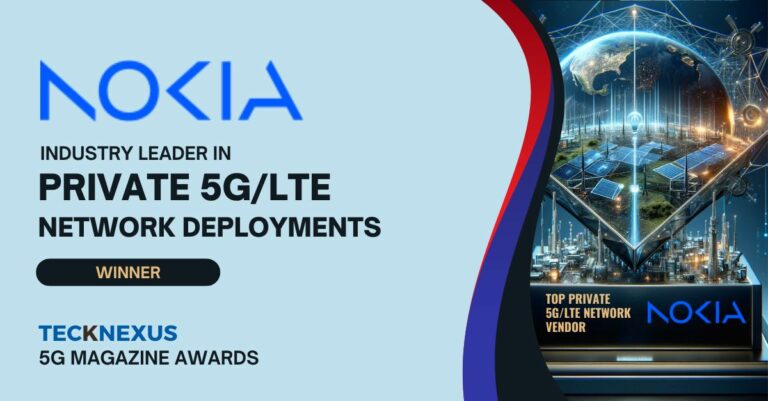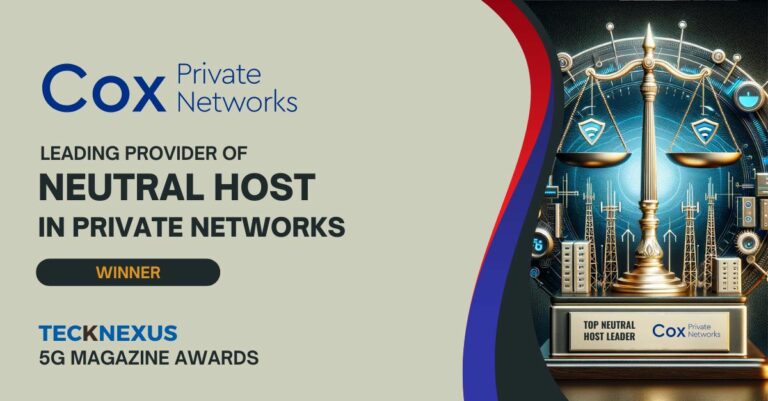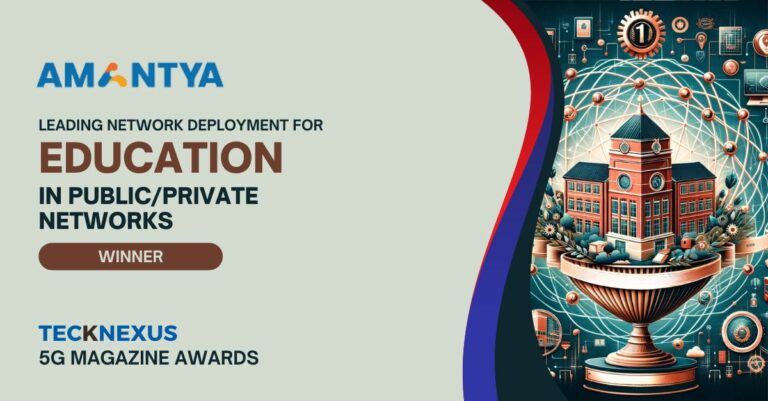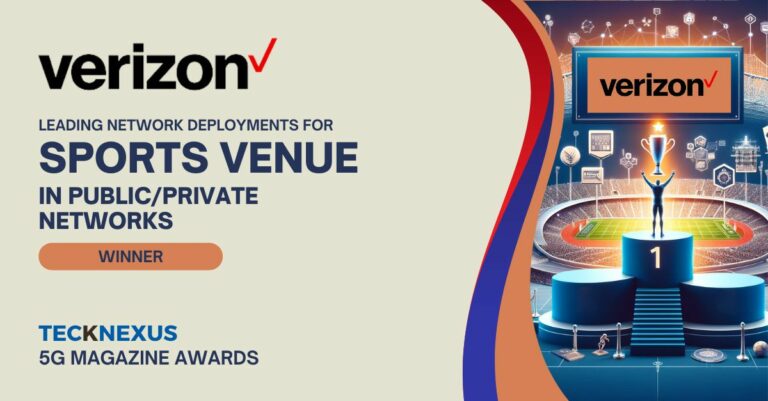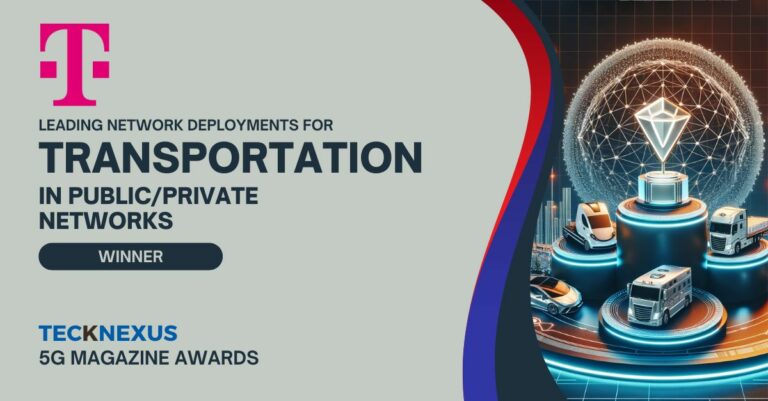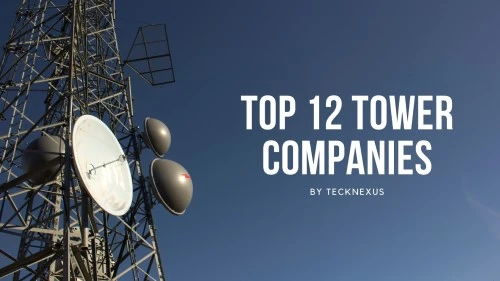These practices may bias negotiations in favor of landlords or those looking for sites. Why? For the same reason that you may be more likely to get ripped off going to a car dealership than using an online broker – asymmetric information. For example, when the potential tenant, the mobile operator or Towerco, has incomplete information about alternative sites and how much they would cost, they tend to end up paying more than they need to. Markets, especially in the telecoms sector, have advanced in leaps and bounds since the 1990s. These developments have generally empowered buyers with more complete information about their options.
In 2021 you are more likely to find a place to live by browsing properties online in the area you want to live, see what you can get for your money, and choose a property that looks like a good deal to you. This same phenomenon has transformed every area of modern life, from how consumers choose financial products, to how they hail rides in taxis. Just as Airbnb revealed that many property owners were happy to rent out their spare room for a little extra cash, we suspect there are many landlords who are not aware of the opportunities of cell site leasing. Local governments, for example, would often value the extra income as they face unrelenting pressure to provide value for money to taxpayers.
4: Cell site co-location can be made easier to unlock the opportunity
With a significant need to increase capacity, cell sites must come from both new builds and co-location on existing sites. Whether existing wireless carriers, new market entrants (such as CBRS) or Internet of Things deployments, access to existing cell sites can significantly increase the speed of deployment whilst reducing the costs and burden of developing a new site. This co-location provides a significant opportunity for tower companies, infrastructure providers, and wireless carriers who own their own sites. Making these existing sites available to the wider market can help reduce overheads by sharing costs across the industry.
5: The industry still relies on paper records
Original contracts were often made on paper. This made sense in the 1990s, but in the 2020s, these records tend to be incomplete, obsolete, or just wrong, especially when companies are spun off or merge with others. The result is that it can be hard to find the right phone number to call to re-negotiate an expiring contract or just to make a routine maintenance visit. Sometimes the most relevant information is held in the inbox of a manager who retired several years ago and is essentially lost to the company.
The telecoms industry is fantastic at producing innovative products and services. However, the core processes required to deploy the underlying network have not evolved. By embracing digitization and cloud-based platforms, the deployment of next-generation networks can finally keep pace and underpin these innovations.








